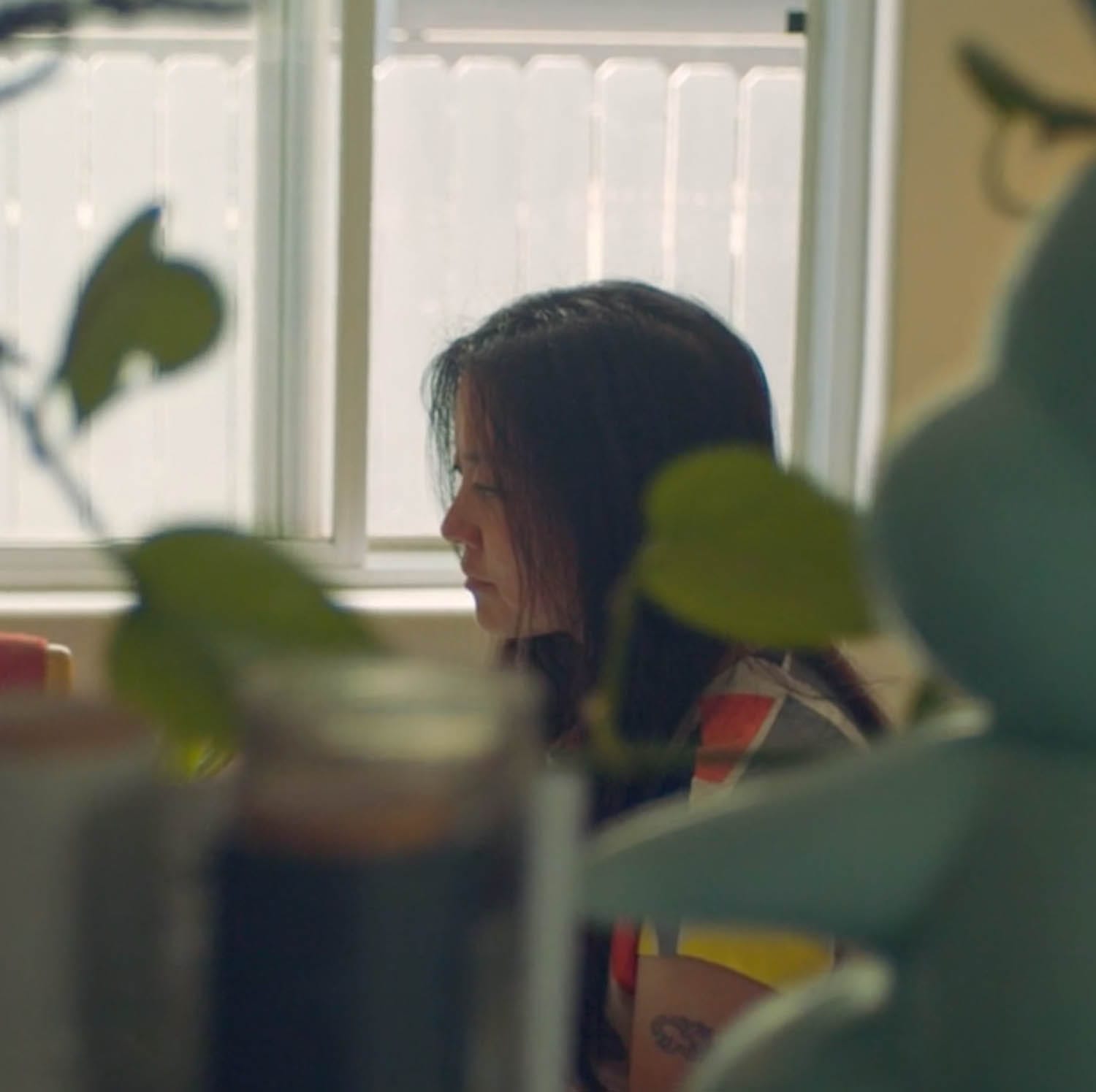We could argue that every week is fashion week in New York, where the streets are never lacking in sartorial inspiration. But while recognizing a great fit is one thing, the ability to find a gem amongst the overwhelming excess of options in fashion today is a talent that combines patience, a shrewd eye, and perhaps, the most elusive quality of them all: taste. “Vintage in New York is on a whole other level,” says Stephon Carson, a man of great taste himself and co-founder of vintage and secondhand pop-up bazaar, Alfargo’s Market.
The fashion marketplace has attracted growing community of designers, stylists, and fashion enthusiasts who gather at the monthly popup to sift through its curation of vintage, secondhand, and new old stock. “There are so many quality items out there,” says Stephon, who started collecting vintage pieces in high school. We try to keep that in circulation, rather than it ending up in landfills. We can prolong the lifespan of clothing, which saves so much water and so much energy that it would otherwise take to produce a single garment. The Alfargo’s team—Stephon Carson, Elias Marte, Zane Gan, and Nick Andry—cultivate an environment that emphasizes quality over quantity, timelessness over trend.

Elias Marte has worn the same pair of loafers since he was in college. “They are great quality to begin with. Every couple years I just take them to a cobbler and to be re-soled. It’s a great way to extend their lifespan.”
A few days after the Alfargo’s popup packed up at NeueHouse Madison Square, New York Fashion Week commenced. Vestium, a zero-waste, custom-couture label celebrated their recent collaboration with legendary Japanese artist, Yoshitaka Amano. At the launch, members and guests tried on pieces made from sustainable materials—coats of recycled cotton and seaweed, cactus leather bombers, and scarves inked with ocean-safe dye from Spain.

The Vestium creative team joined Amano on stage for a panel discussion on spirit of the collection , the meaning of its title, SUPERNATURAL, and the transformative power of clothing—for the wearer and the world. “There is a story that goes into each garment,” said label founder Ksenia Konovalova. “We’re playing with seaweed, cactus leather, orange peel fibers—all sorts of new possibilities. For the first time, these materials have become truly chic. Not just novelty, but beautiful. This is the direction fashion is going.”

They also addressed the obstacles they faced in figuring out how to work with alternative materials. Cactus leather, for example, is softer than animal leather, and required sourcing special machinery with a hyper delicate touch. “This is the challenge of doing something that hasn’t been done before. To push technology, push the materials—to create something that is truly special and sustainable,” said co-creator Dimitri Falk. He referred to their collection as the opposite of fast fashion. “[We are making] garments that you want to wear for your lifetime.”




